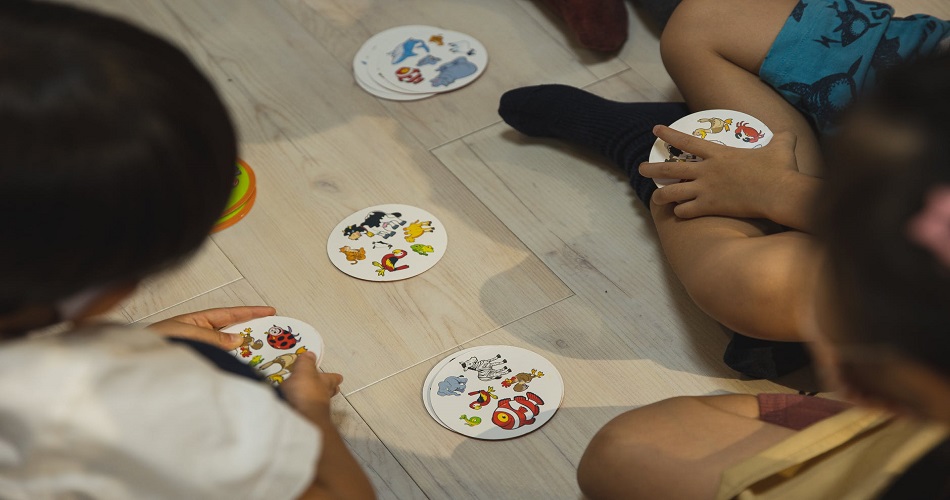7 Proven Methods To Teach Young Learners Effectively
17th June 2021
Teaching is complex yet can be integrated fruitfully when done passionately with a well-knowledged strategy. Contrary to what has been practiced for long in the education system, learning is actually a natural process and a teacher’s role in that whole process only remains as a facilitator.
Teaching youngsters need to emerge from modern teaching approaches. One must consider the developmental, cognitive, physical, and emotional factors as the base while designing teaching strategies for kids. Also, the development of different types of teaching methods for young learners needs to arise from a student-centered approach.
Teach Young Learners with these different types of teaching methods and bring effectivity in your classroom –
Establish Connection with students
Running a class full of young learners takes so much more than just delivering the lesson. Teaching is multifaceted. And when it comes to teaching young kids, there is so much to take care of. Classroom management will come easily only when you know your kids. Also, lesson planning and its delivery become easier when you integrate the need of their developmental stage as well as take care of their interest area. Hence, creating that bond with each of them is the only way to ensure that learning is happening in your classroom.
Positive and routined learning environment
A positive learning environment amplifies the sense of safety. Safety is our primary need as humans and it’s no different for a child. A positive learning environment can be maintained when everyone is being heard and seen. When all the member of the classroom remains supportive to each other it allows reassures positivity. Also, routine encourages consistency, thus helps children feel more comfortable in the classroom and makes it easier to keep the discipline intact.
Seed the element of fun in lessons
While planning the flow of the lesson, ingrain age-appropriate activities as well as link the resources with their interest. Since attention span is the major challenge with young learners, incorporating songs for warmers, using visual aids and videos can be effective. Children tend to get engaged organically when they can relate to the topic. Familiar content such as cultural events, theme-based topics such as foods, animals, family, etc. that are relevant to their everyday life helps them to find an anchor in the lesson.
Emphasis on physical activity
Children come with a lot of energy within them. Try channeling those fresh energies into hands-on activities. Physical movement helps them to stay focused on the task, it also helps to make your classroom management part easier. Activities such as small games, drawings, and making things using crafting elements can be few ways to involve children directly.
Provide direction
Children need guided support in the classroom environment. They expect consistency and predictability. It helps them to understand how they should act and what the teacher is expecting from them. That sense of direction comes when you can establish an orderly-mannered learning environment for them.
To maintain discipline in the classroom, include them while setting the ground rules rather than acting like a dictator. Let them know the meaning of signals and hand gestures to make sure they do not end up causing an interruption in between the lesson.
Keep room for collaborative activities
Schooling and socialization walk side by side. Collaborative activities not only lead to creating healthy interaction between students but also inspires them to learn from each other. Giving them the opportunity to work in mixed groups (children of different intelligence levels) can help them learn from different angles. This can benefit you to preserve a healthy classroom environment, encourages productive interaction, and also allows you to sit back as an observer which is often necessary being a teacher of young kids.
Enjoy teaching your students
Children are natural observers. There is a reason you have chosen teaching as your career and probably one of the reasons is you love to spend time around children. Children seek out the attitude of patience and nurture within their teacher, one of the organic ways to do that is to understand their developmental stage and know what kind of behavior can you expect from them. There is no other way to build their trust rather than make sure they know you care about them. Just like each child is unique, there is no one way formula to handle them in the classroom.
Conclusion
As you keep encountering the classroom environment every day, you will become more open to new unexpected situations, eventually, you will learn to embrace your strengths and weakness and you will also discover what is working in your classroom and what needs improvement. Teaching strategies can be learned theoretically but can be only implemented when you are well aware. A teacher must always learn to navigate through their own guided intuition.
Written By : Soma
Leave a Reply

